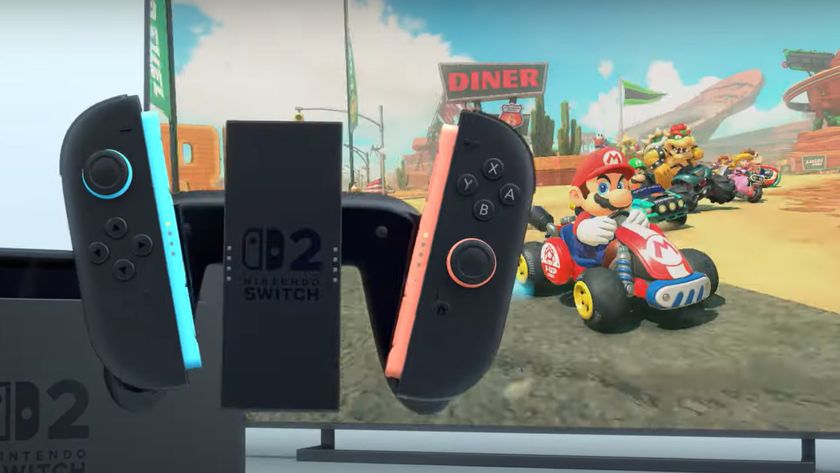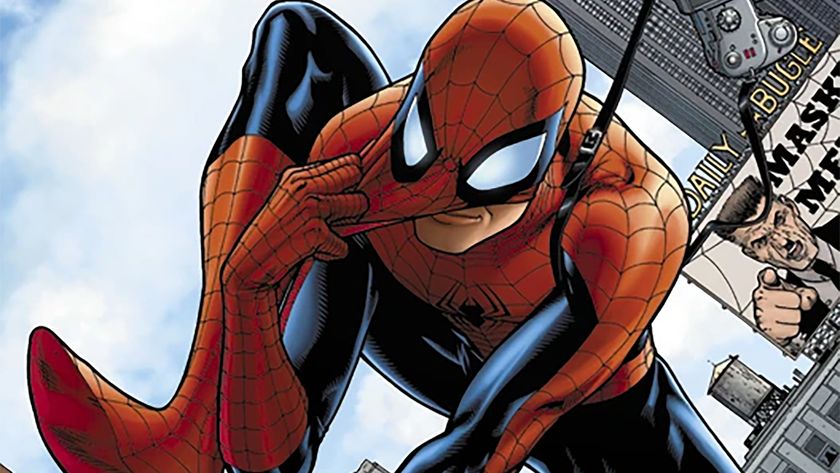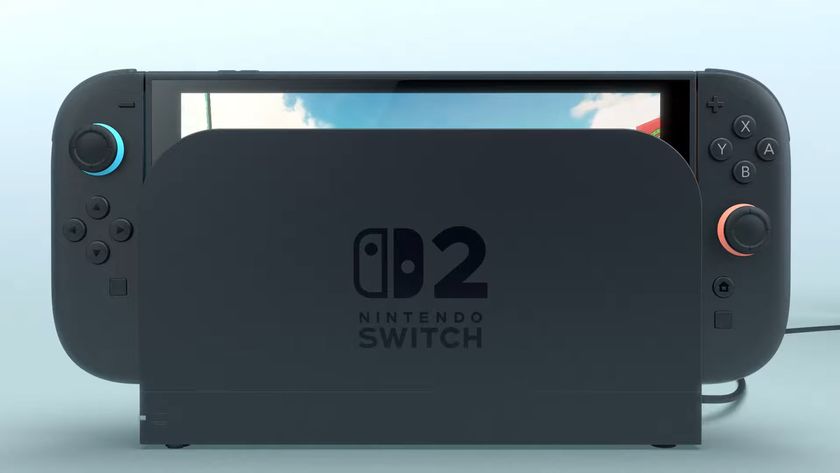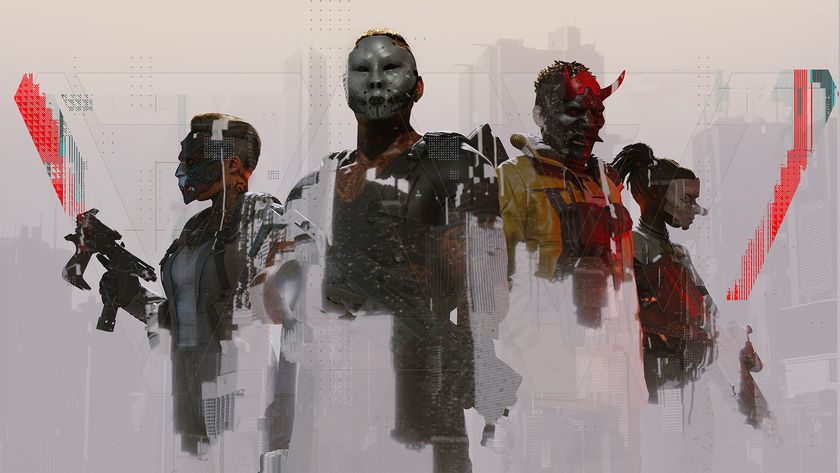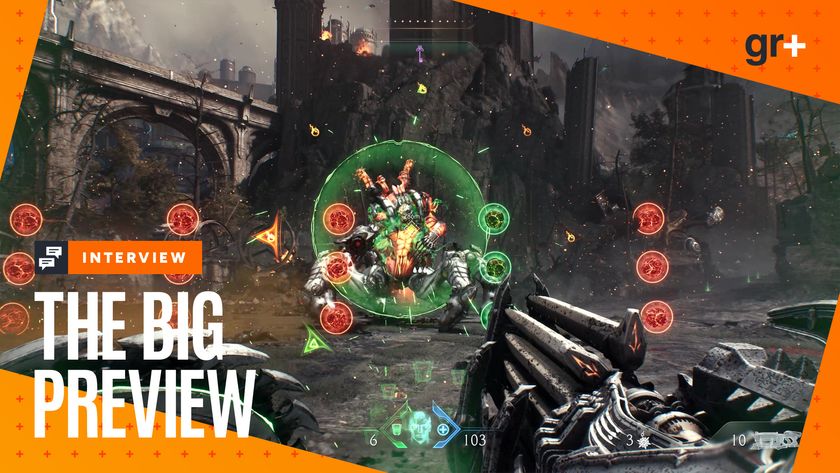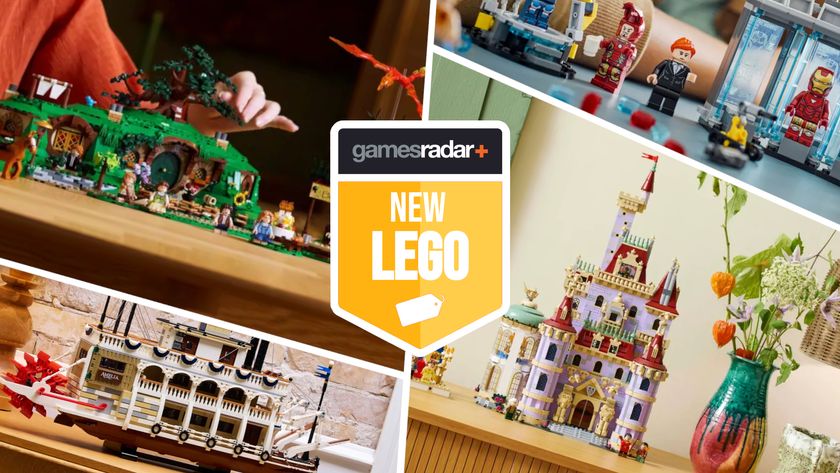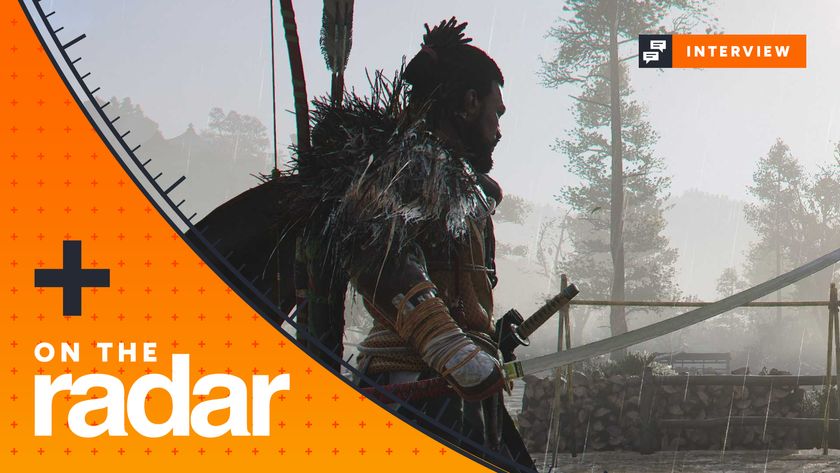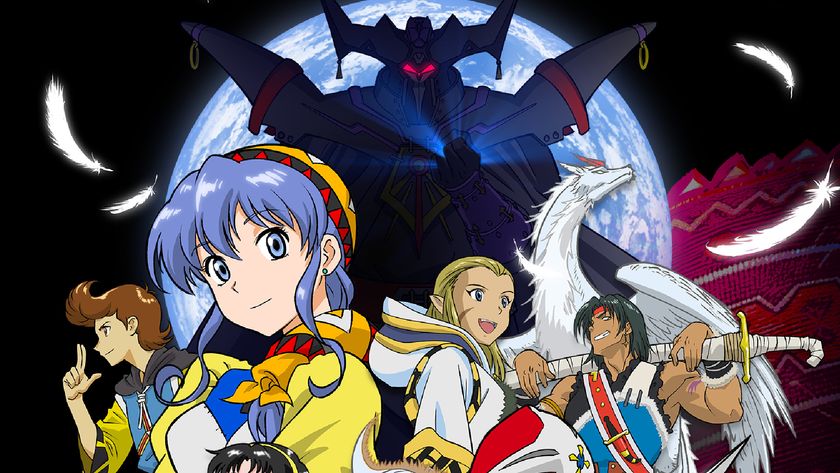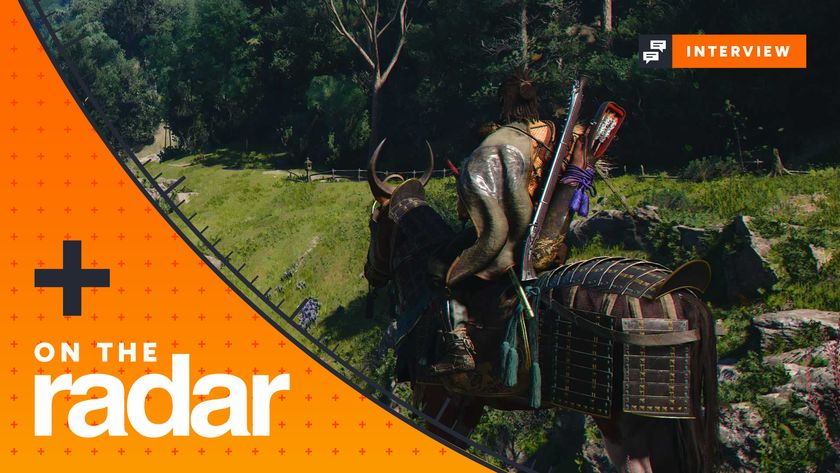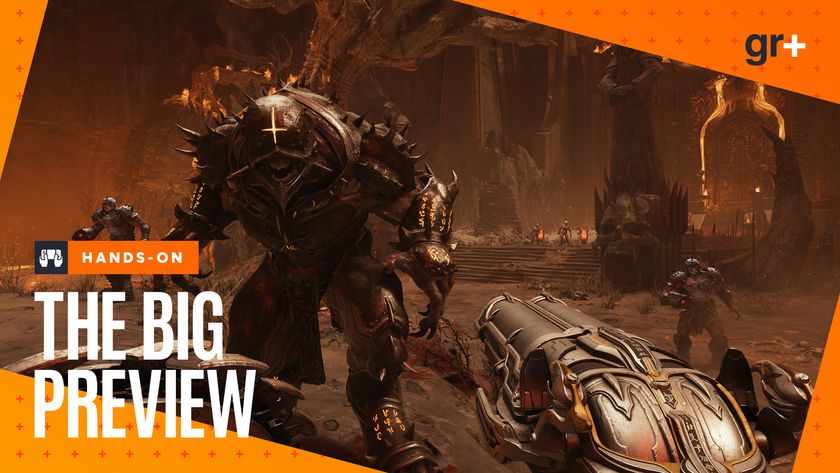The greatest moments in Legend of Zelda history
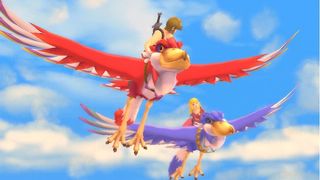
It's a secret to everybody
There's no denying The Legend of Zelda's status as one of the greatest video game franchises ever created. Filled with diabolical dungeons, ingenious puzzles, and some of the most colorful and vibrant worlds ever displayed on a television, you can pick pretty much any game in the entire series and expect to find yourself embarking on a grand, sweeping, adventure. Except for those CD-i ones. We don't talk about those.
With February marking the 30th anniversary (of the Japanese release) of the very first Legend of Zelda game, and the upcoming Zelda adventure hitting Wii U (hopefully) later this year, I thought it was a good time to revisit some of the most memorable moments of this long and storied series. It's dangerous to go alone, so take this walk down memory lane with me. Just watch out for Ganon. He's a real pig.
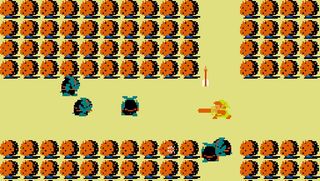
Navigating the Lost Woods (The Legend of Zelda)
Within the first few minutes of playing the very first Legend of Zelda game on the NES, you know you're in for something completely different. Secret caves are covered up by inconspicuous bushes, hidden passageways reveal themselves after strategic bomb placement - The Legend of Zelda isn't short of mysteries waiting to be solved. But then you get to the Lost Woods, and all bets are officially off.
It's just a simple crossroads surrounded by forest. How hard could this possibly be? I'll just go up and - wait, I'm back here again? Go left and- what the hell? It's just the same screen over and over! But walk one screen to the right and - poof! - you're right back outside again. The dedicated among you found a shop at the bottom-left corner of the map, paid 30 rupees (no more, no less) and learned the solution to this devious maze. The resourceful ones heard tales of the secret path via sacred texts (i.e. Nintendo Power) or from scuttlebutt on the playground. Either way, your perception of what a video game adventure could be changed forever.
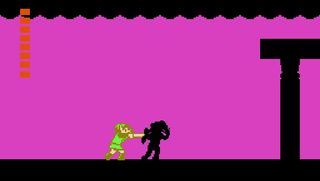
Fighting Dark Link (Zelda 2: Link's Adventure)
Compared to the rest of series, Link's Adventure is a strange outlier - yes, even stranger than Majora's Mask. Its action takes place from a two-dimensional, sidescrolling perspective (unlike the overhead view from the previous game), and Link can jump just by pushing a button. You even gain experience points and level up like an RPG. And it's really, ridiculously difficult, even more so than its predecessor. It'll take every ounce of your skill just to make it to the the end of the journey, but once you beat the seemingly last boss, you still have one more foe left to fight: yourself.
For all of its weird foibles and experimentation, perhaps the most memorable moment of all comes when you come face-to-face with Dark Link, a shadow version of yourself that will mirror your attacks and blocks with his own. He's the only obstacle that stands between you and the Triforce, but how do you defeat someone that knows your every move? Dark Link has made appearances in numerous entries (such as an equally memorable turn in Ocarina of Time), but it's his first appearance in Zelda 2 that is perhaps the most effective.
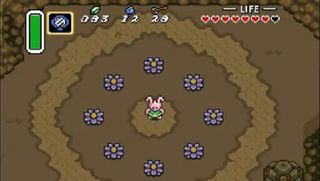
Waking up as a bunny (A Link to the Past)
Alright, so you got the three pendants, you explored all of Hyrule, you snagged the Master Sword from its resting place in the Lost Woods (which are, thankfully, much less confusing this time around). All that's left is to hop on over to the castle, defeat Agahnim, save the princess, and restore order to the Kingdom. Except none of that happens, and now you're stuck in a dangerous, alternate dimension. Oh, and you've been transformed into a fluffy rabbit man. Don't die!
This is officially the moment where A Link to the Past becomes so much more than just a pretty sequel. The Dark World is similar to your native Hyrule, but everything feels just a little bit off, and it's far more deadly. Plus, you start off unable to use any weapon or item. Y'know, because of the whole 'bunny' thing. It's an audacious turn, not only signalling the beginning of the darker second half of the tale, but solidifying Zelda's place as a landmark in gaming.
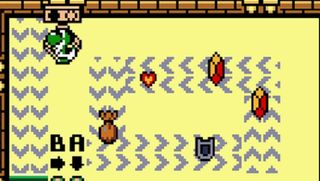
Finding a Yoshi doll (Link's Awakening)
It stands to reason that a game set in Link's dreams would combine a bunch of stuff that he's already experienced. A sweeping adventure, hidden secrets, swords, magic, keys, the whole deal. What I didn't realize going into his first portable adventure was how big a fan he was of Nintendo games.
There's a crane game on Koholint Island, and it features a prize that looks an awful lot like a Yoshi doll. That's because it is a Yoshi doll, and collecting it starts off a trading chain reaction that spans the entire island. But that's only the beginning. You'll face off against goombas (stomping on them rewards you with a heart!), mask mimics (who look an awful lot like shy guys), and an 'anti' Kirby shows up to cause you trouble on your quest to wake up. Someone even keeps a Chain Chomp as a pet! Link's Awakening is a brilliant fever dream of Nintendo references mashed up with classic Zelda gameplay, and it all starts with that single plushie.

Sheik transforming into Zelda (Ocarina of Time)
As the first 3D entry in the series, Ocarina of Time ups the ante considerably. Rather than switching through two similar yet distinct dimensions, Ocarina throws you forward in time seven years. A lot has changed while you travelled through time - namely, the despotic rule of Ganondorf darkens the landscape, and Princess Zelda is nowhere to be found. All seems rather hopeless Luckily, you have a friend in Sheik.
Sheik always seems to pop up at the most opportune time, wisely offering you advice, helping you navigate this twisted Hylian future, and just generally doing what video game ninjas do. And when Sheik reveals himself to actually be none other than Zelda? That moment still stands up as one of the greatest twists of the entire series.
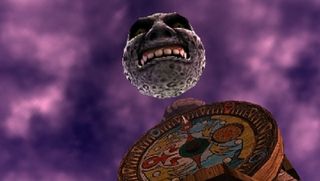
Those first three days (Majora's Mask)
Other than perhaps Zelda 2, there is no more divisive game in The Legend of Zelda canon than Majora's Mask. Developed over the course of 18 months, Majora's Mask takes the familiar overworld-item-dungeon formula that was honed in A Link to the Past and perfected in The Ocarina of Time, wads it up into a neat little ball, and chucks it into the mouth of an active volcano. And it's the first three galvanizing days Link spends in Clock Town that set the tone for the whole adventure, and whether you'll love its offbeat cadence or think it's complete garbage.
A giant moon sporting the universe's most diabolical grin falls closer every minute, and Link must relive the same three days ad infinitum to make everything right. And those first three days are spent as an ineffective Deku Scrub, getting to know some kids and acclimating yourself to this strange town and its inhabitants. When those three days are up, and you come face-to-face with the world's impending doom, all seems totally hopeless - until the Song of Time sends you plummeting back to the beginning of the countdown. It's dark, it's twisted, and it's so decidedly un-Zelda that you'll either embrace it entirely or disown it completely.
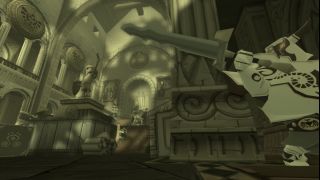
Discovering the secret beneath the ocean (Wind Waker)
At first blush, Wind Waker seems to be completely divorced from the rest of The Legend of Zelda games. There's no Hyrule; only a vast expanse of water dotted with islands. There's no Princess Zelda; instead, you hang out with Tetra, leader of the pirates. It seems that Wind Waker has less to do with the overall timeline than even Majora's Mask - until you discover a kingdom hidden beneath the waves, that hides this world's biggest secrets.
Once you've gathered the three Goddess Pearls, you can enter a magical portal, making your way under the sea and into this long-forgotten kingdom. Inside, you learn that the Goddesses caused a massive flood, attempting to seal away the evil caused by Ganondorf after the Hero of Time decided to take a vacation at the worst possible time. When Link lifts the Master Sword from its pedestal, the seal is broken, Ganondorf returns and Tetra is revealed to be none other than Princess Zelda. The series has briefly dabbled in continuity - mostly in common themes shared between games - but this is the first time any overt attempt has been made to tie everything together.
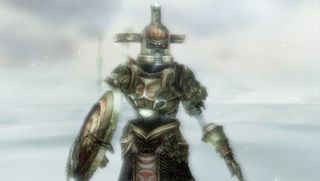
Learning moves from Hero's Shade (Twilight Princess)
Twilight Princess marks a return to the more realistic style of Ocarina of Time, but that's not where the similarities end. There are more than a few references to the Hyrule featured in Link's Nintendo 64 journey, but it's the appearance of the Hero's Shade that is perhaps the most intriguing - since you're likely talking to the spirit of the Hero of Time.
He wears armor unlike anything you've seen so far, but he's holding a sword in his left hand - and considering Link seems to be the only lefty in Hyrule, there's definitely a connection there. He even refers to you as 'son', lamenting that he wasn't able to save Hyrule before, and hoping that you'll be able to finish what he couldn't. He's not super impressed with your skills when you first meet him, but he'll teach you another ability to add to your repertoire - and once you learn everything, he disappears into the world of spirits, his purpose fulfilled. The game never explicitly states who this mysterious skeleton is, but c'mon - you're talking to Link from Ocarina of Time and Majora's Mask.
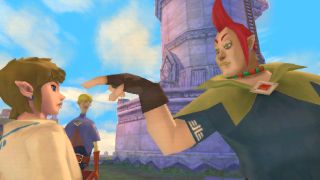
Becoming besties with Groose (Skyward Sword)
Skyward Sword's a strange beast. It has arguably some of the best Wii Remote control gimmicks ever devised, but it's wrapped up in a story that easily takes hours just to get going. But whatever your opinion about the overall adventure, there's no denying that Groose's transformation from schoolyard bully to benevolent sidekick is the easily the best thing about Link's most recent console outing.
Groose starts out as a nuisance, constantly turning up to give you crap and put you down, while simultaneously trying to impress Zelda - effectively acting as this universe's version of Gaston from The Beauty and the Beast (but with way better hair). Conceited and selfish, Groose believes himself to be the Hero of Time, until Impa flat out tells him to his face that he isn't. Eventually, a despondent Groose makes peace with Link and the two come together to stop the ultimate evil that threatens the world below. Groose even lets Link use the catapult he invented - known simply as 'The Groosenator' - to take out the a gigantic monster known as the Imprisoned. By the end of your adventure, Groose goes from being your most hated rival to, dare we say it, a friend?
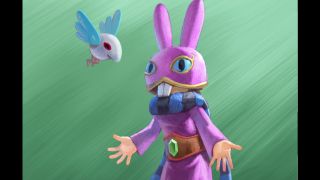
Unravelling the mystery behind Ravio (A Link Between Worlds)
The most amazing thing about A Link Between Worlds isn't that it's a direct sequel to the SNES classic A Link to the Past - though seeing those 16-bit visuals reimagined in three dimensions is definitely a treat. No, the best part is seeing how it takes those bits and twists them into its own - like Ravio, the mischievous bunny-hooded item seller who just assumes it's OK to open up shop in your home. Y'know, that rabbit seems awfully familiar...
It all comes full circle when you discover that Ravio is actually Link's counterpart in Lorule - the shadow version of Hyrule. He came to you so you could succeed where he had failed, and stop Lorule's Princess Hilda from stealing Hyrule's Triforce pieces. That bunny outfit? It's a direct reference to that time when Link first showed up in the Dark World and turned into a fluffy, adorable, defenceless lagomorph. It's a brilliant yet subtle callback, and making that connection is one of the coolest moments of an already amazing game.

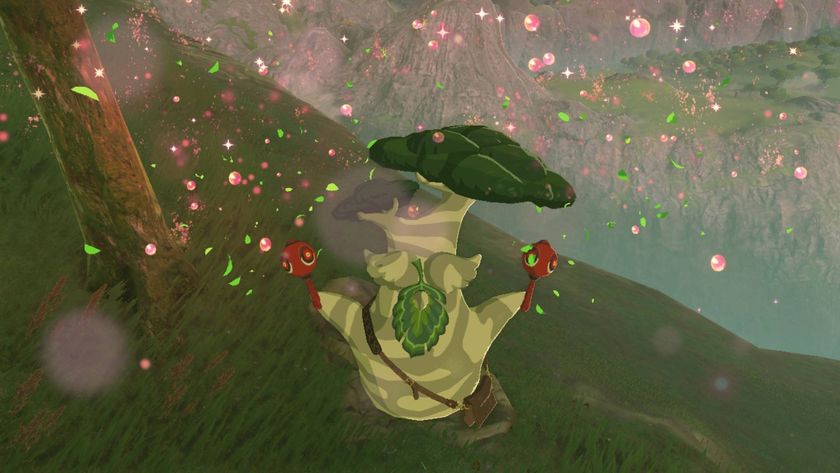
"I'm lookin' at you, Korok Seeds": Former Diablo and Ghost of Tsushima dev outlines what makes a good collectible, and dunks Zelda: Breath of the Wild's worst grind into C tier
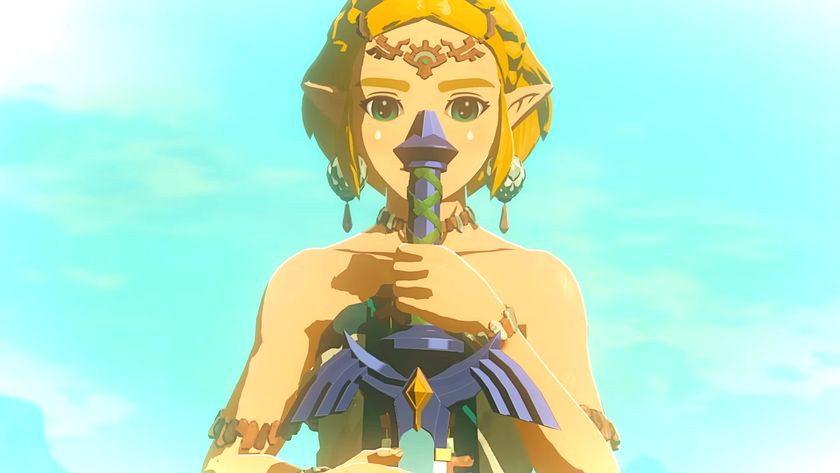
Final Fantasy 7 Remake's Aerith actor is throwing her hat into the ring for the Legend of Zelda movie: "I just wanna audition for Zelda so bad"

"I'm lookin' at you, Korok Seeds": Former Diablo and Ghost of Tsushima dev outlines what makes a good collectible, and dunks Zelda: Breath of the Wild's worst grind into C tier

Final Fantasy 7 Remake's Aerith actor is throwing her hat into the ring for the Legend of Zelda movie: "I just wanna audition for Zelda so bad"
